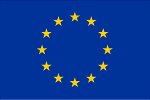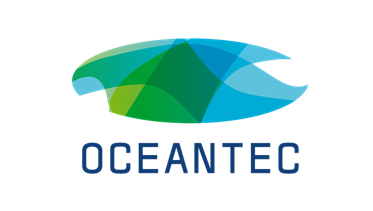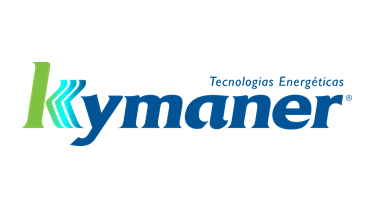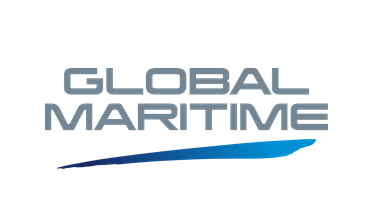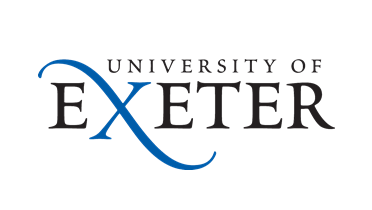Work Package 7
Risk management, cost of energy and final assessment
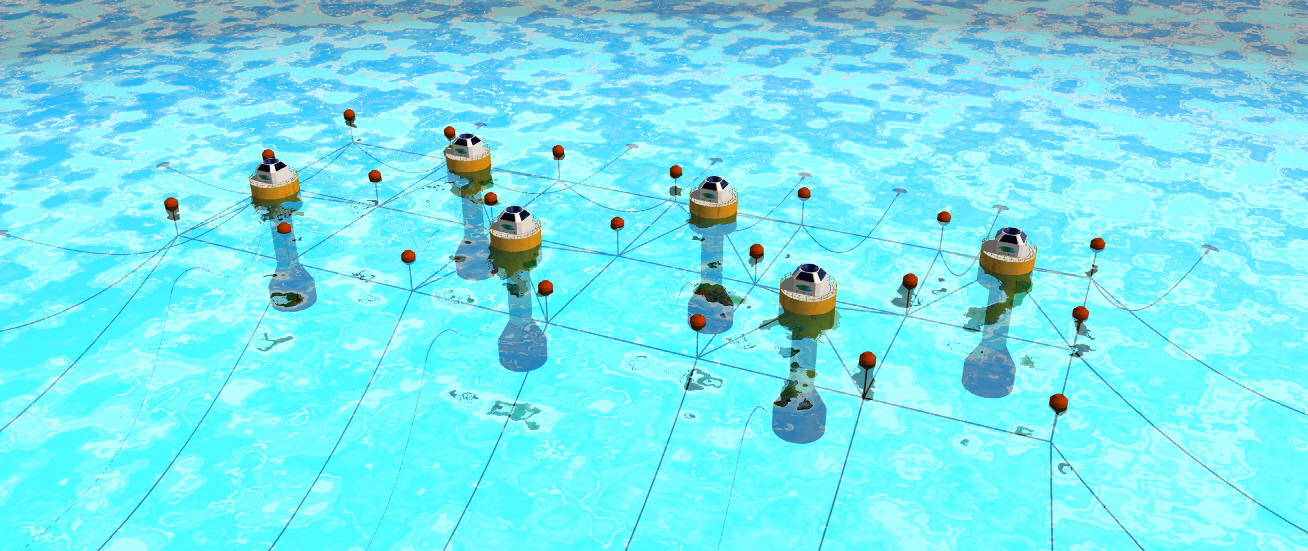

Objective: Analyse risk and cost data from previous Work Packages and provide recommendations
The ultimate goal of this Work Package is to gather all the information from the previous work packages and analyse its influence on economics and risk assessment, in order to develop guidance and recommendations from the project’s unique offshore experience.
For these purposes, this Work Package will:
- Assess LCOE impact of innovations and technologies tested in WP2-6.
- Reduce OPEX uncertainty with open-sea data including offshore operations from WP6
- Develop metrics in order to quantify and track the uncertainty and risk involved in all stages of the project and set appropriate mitigation measures for the identified risks
- Develop guidance from the unique sea experience at sea in order to set the path forward
- Catalogue the improvements in CO2 savings (LCA) and reduction of the energy payback period from an adequate management of the operation of the device
- Display the real cost of wave energy though the SCOE assessment and its competitiveness with respect other energy sources in the future energy mix.
Task to be performed
Risk and uncertainty assessment and management
The technology brought into the project has to achieve an initial level of risk control that is considered compatible with the level of development and with the risks affecting the objectives of the project or, at least, actions that will be implemented during the project in a manner that this will not jeopardise the project objectives. Following normal practice, risk ownership will be assigned to the stakeholder with the technical and financial capability to implement the risk mitigation, the effectiveness of the latter being also covered by this ownership. The impact of the actions during the project on the technology should be covered as the second type of risk defined above. Therefore, an initial evaluation of risk will be carried out at the beginning of the project based on the device already deployed at bimep. The risk will be monitored during the project in order to evaluate the specific risks of the activities carried out during the project. Risk ownership will extend to updating the identified risk.
The methodology to be applied is defined in DNV-RP-A203 Technology Qualification (further adapted to marine renewables in the DNV-OSS-312 Certification of Wave and Tidal Energy Converters). It systematically identifies the novelties and uncertainties of the technology, the risks and their prioritisation.
The risk levels are defined in a risk matrix that will need to be reviewed at the start of the process to confirm the risks that can be acceptable not only by the project but also by other stakeholders, such as bimep. The achievement of the targets is to be demonstrably achieved at the end of the project. In some cases, this will be an acceptable and quantifiable level of inaccuracy, for example on the evaluation of the LCOE. In case the targets are not demonstrably achieved, it is likely that an assessment of the remaining uncertainty is quantified and actions are proposed into the future development stage.
Assemble cost model and integrate operating data
Economic, life-cycle and social impact assessment
Final assessment and recommendations –Technical Strategy

